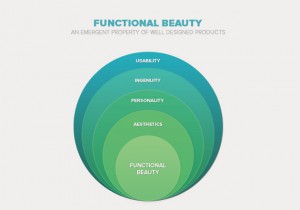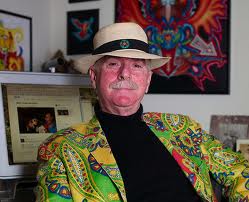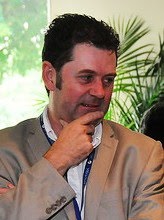
Beautiful, force is.
Functional Beauty and User Experience
Beauty is one of the oldest and most powerful concepts in human history—inspiring artists and lighting up cultural movements, philosophical debates, and, in modern times, curious scientific interest. Beauty is a desirable feature of the products we buy, with the power to shape consumer choices and preferences.

While the nature of beauty is still a mystery, the nature of design is unquestionably linked to the beautification of crafts throughout human history.
Designers purposely create beautiful solutions so people can enjoy solving problems, working, or pursuing goals. In recent years, concepts like visual design, aesthetics, information architecture, and usability have helped designers create more ways for people to enjoy using technology. However, when it comes to interaction design, functional beauty outweighs aesthetics—here’s why:
Understanding Functional Beauty . Creating Functional Beauty . Usability . Ingenuity . Aesthetics . Rhythm . Personality

Catalina is a self-taught designer and the co-host of the podcast BrightLounge. She studied Psychology and Marketing, before combining her passions and becoming and interaction designer at Velora Studios. In 2011 she started traveling the world, filming and co-hosting BrightLounge, a podcast featuring interviews with designers and entrepreneurs from around the world. Her motto is “Stay creative, grow curious”.







